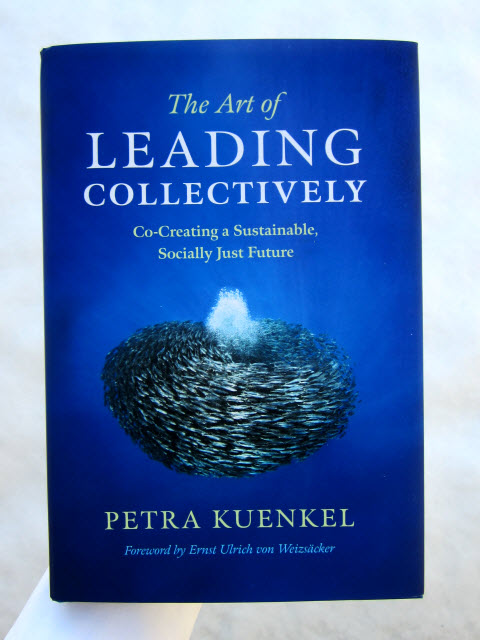This is a post in my series on organizing ”between and beyond.” Other posts are here. This is a retrospective of what has happened during the week. The purpose is to reflect on the work itself. Here is my previous retrospective. Here is my next retrospective.
What has happened? What needs to be done?
This week, I’ve read Petra Kuenkel’s The Art of Leading Collectively. What I particularly like about this book is that she emphasizes the importance of “life” and deep human values. If problem solving and conflict resolution is increasingly important in our complex world, then the skill of dialogue becomes one of the most fundamental of human skills.1 One of Petra Kuenkel’s conclusions is that we know deep inside how collective leadership works. It’s, in a way, about setting free what is already there. Here is my book review.

I’ve also written this post about enligthened organizing, which is a notion from Organizing a Buddhist Way by Dian Marie Hosking.2 Organizing is based on many different assumptions and beliefs. A dominating one is the positivist belief in rationality. There are, however, other possible beliefs. Dian Marie Hosking’s enlightened organizing is relational rather than rational. Again, dialogue plays a central role.
What was good? What can be improved?
The ongoing conversations with Skye Hirst. Giving expression to my personal voice.
Notes:
1 Petra Kuenkel, The Art of Leading Collectively (Chelsea Green, 2016), p. 107. See also Edgar Schein on dialogue, culture, and organizational learning, Reflections, 4(4), pp. 27–38.
2 Dian Marie Hosking, Organizing a Buddhist Way. See Peter Case and Hugo Letiche (editors), Belief and Organization (Palgrave MacMillan, 2012), Chapter 5, pp. 69–89.
Related posts:
Organizing in between and beyond posts
Leave a Reply
You must be logged in to post a comment.